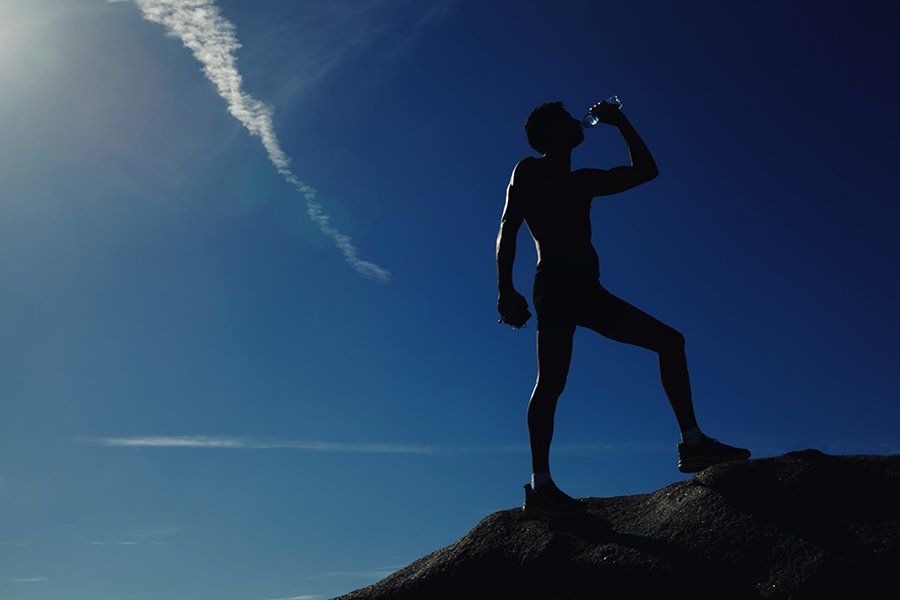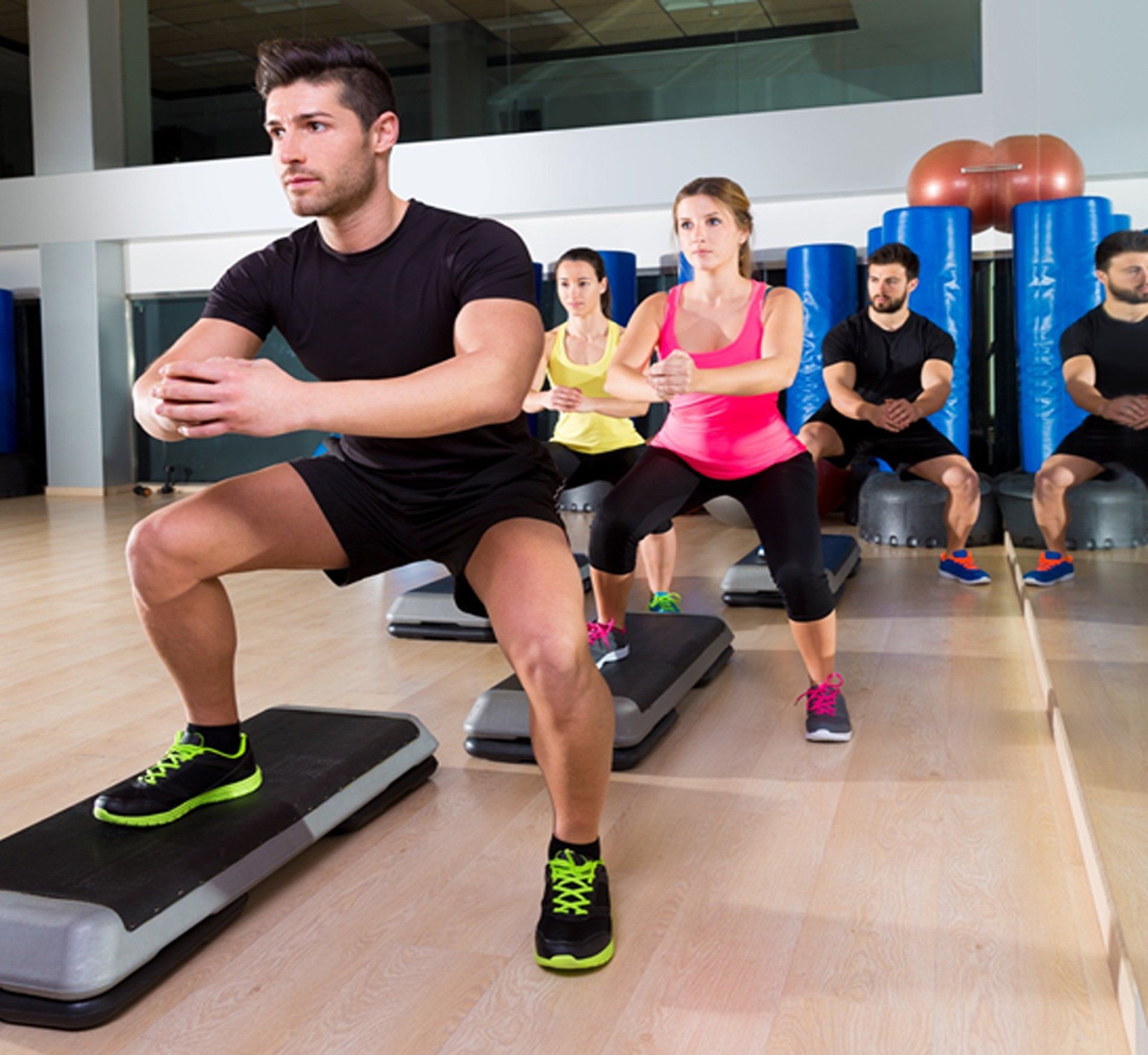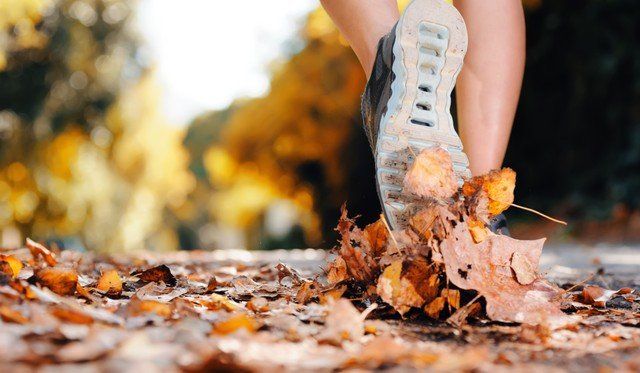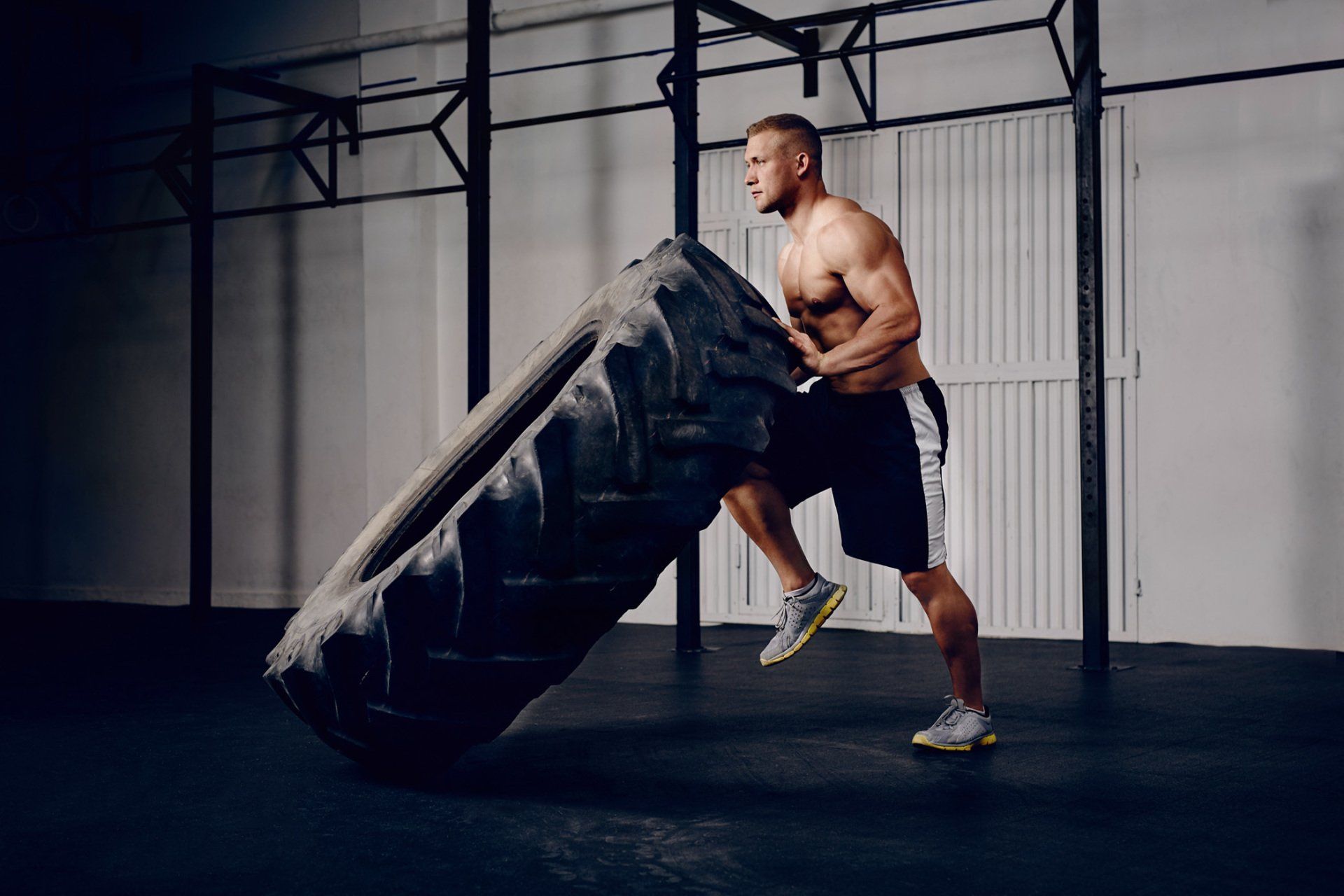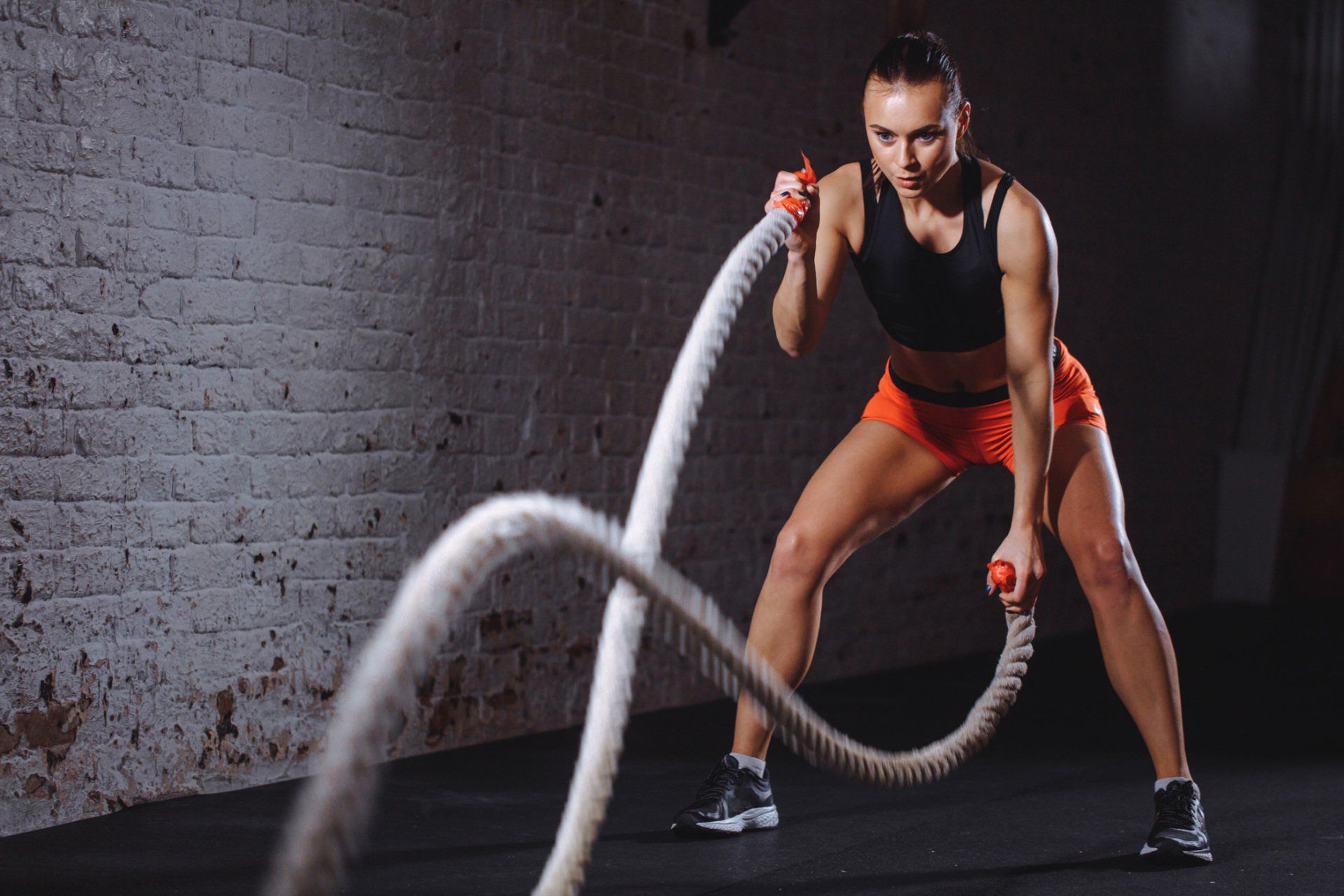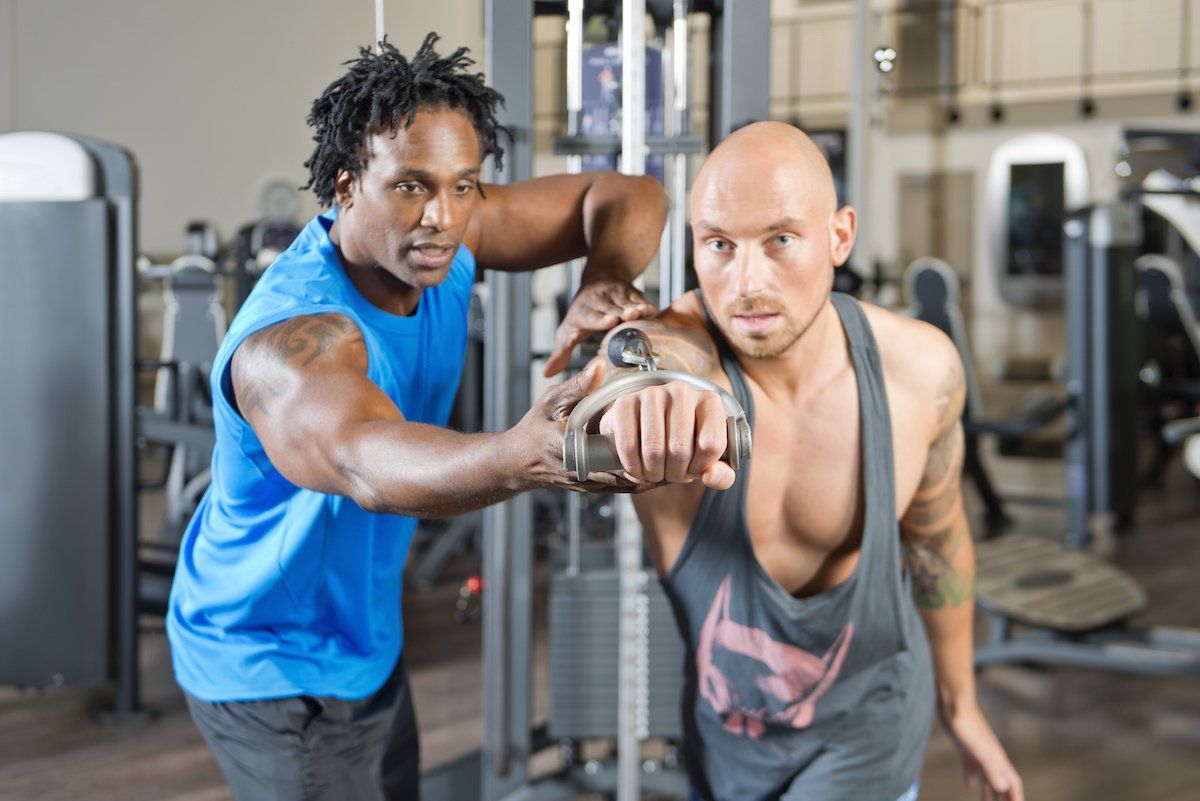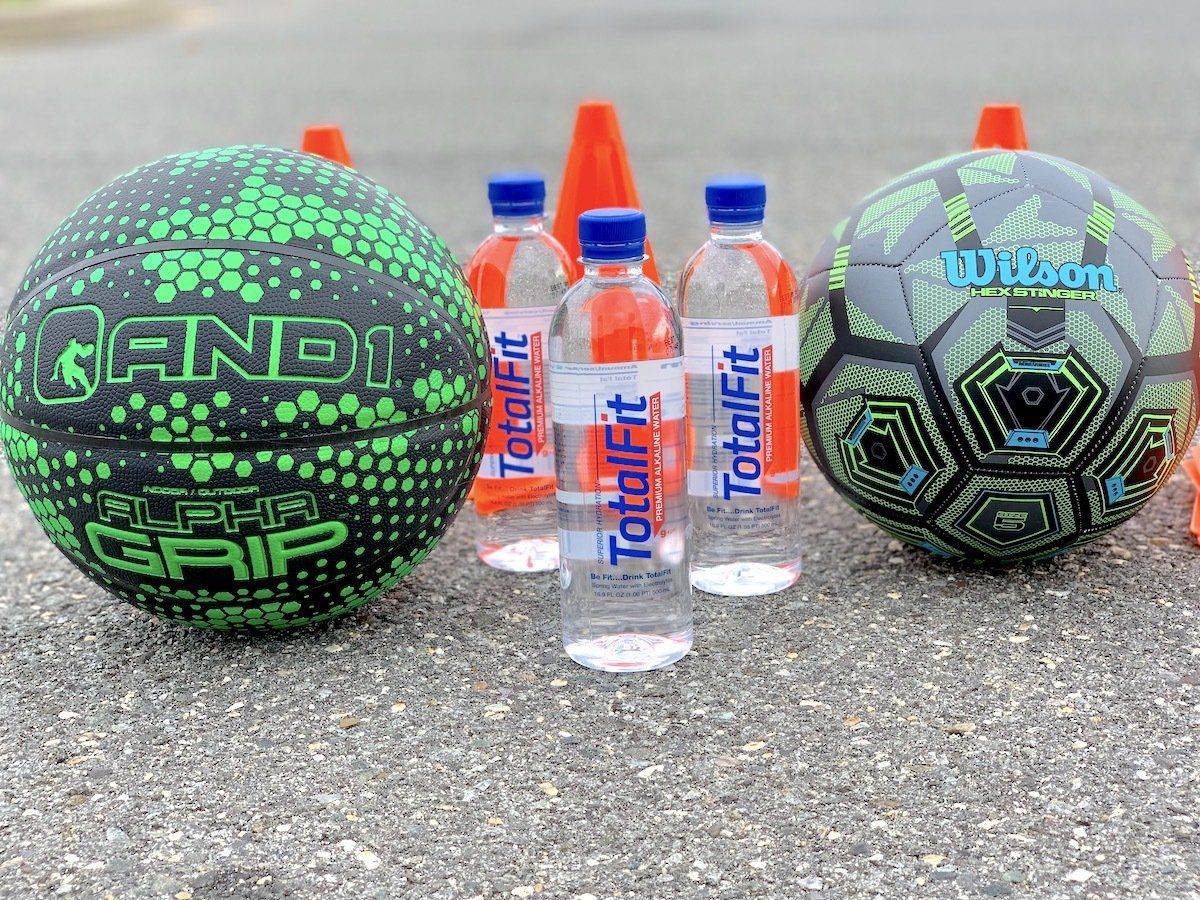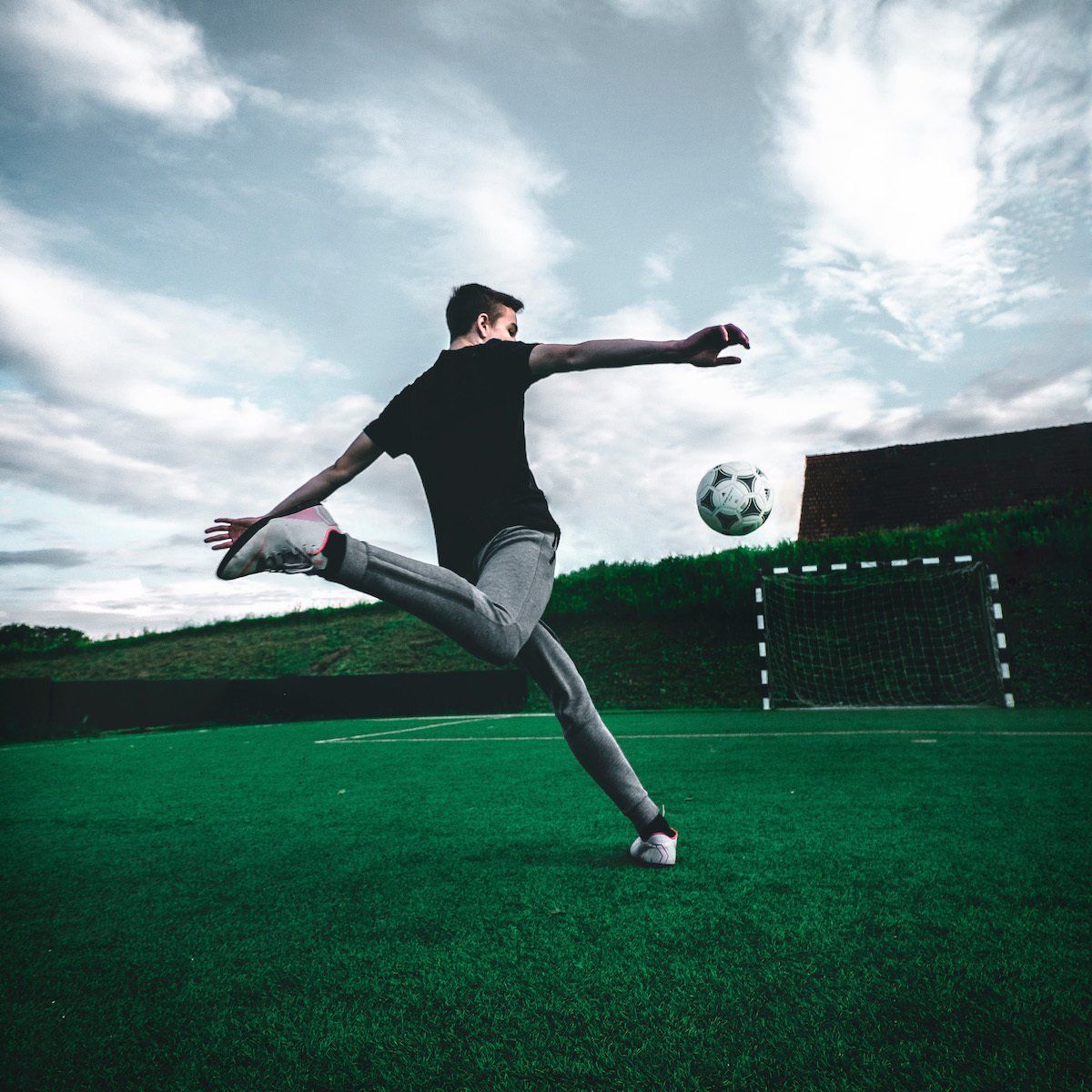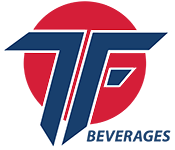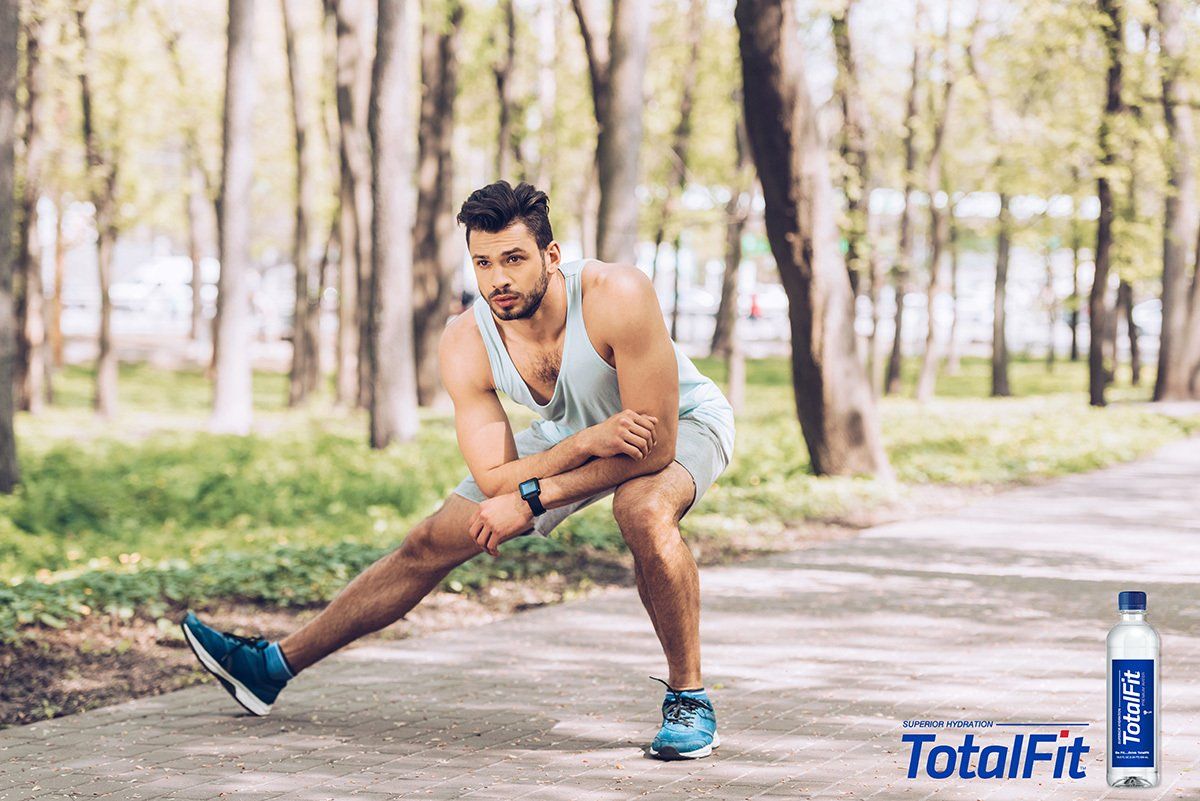The Importance of Flexibility Training in Your Fitness Routine
You’ve got your fitness plan together: weight training, cardio, nutrition, and hydration. Have you included flexibility in your fitness routine? Flexibility training is an important part of the five basic components of an exercise routine along with cardio, muscle strength, muscle endurance, body composition.
Flexibility means being able to move a joint through its entire range of motion. Flexibility is important for most movements, even the simple things we do every day like standing up and lifting everyday objects. It’s especially important for athletes and people with active, healthy lifestyles because improved flexibility helps prevent injuries and makes it easier to move without pain. An optimal range of motion lets us perform movement smoothly, which is crucial for athletes whose sports require fluid movements.
Adding flexibility training to your routine will improve exercise, sports, and daily activity performance, better joint health, fewer injuries overall, especially to your lower back, fewer aches, pains, and muscle cramps due to exercising, less stress on your body overall, and better posture and balance.
Some factors of flexibility are hereditary, but the things we can control that help us be more flexible are our muscle elasticity and length and our nervous system health. Flexibility training targets these components to help you get the best range of motion you can have, and it’s an important part of your overall fitness routine.
There are two types of flexibility: static and dynamic. Static flexibility improves joint mobility and muscle elasticity to help you become more flexible overall. Dynamic flexibility means stretching muscles throughout their full range of motion. Dynamic flexibility training is an important aspect for athletes and people who live active, healthy lifestyles.
Flexibility training should be a part of your routine three to five days per week. The training involves stretching exercises, but they shouldn’t be done without a warm-up. Even just a few minutes with a jump rope or jogging should do the trick. The idea is to get your body moving. Flexibility training stretches shouldn’t be painful, but they should be intense enough to cause some mild discomfort, and this level varies by individual.
Some examples of dynamic flexibility training stretches include lunges with a twist, arm circles, and hip circles. The exact dynamic stretches you need vary for each sport, so get advice from a professional trainer about incorporating dynamic flexibility training into your customized workout. If you live in or near McDonough, Georgia, give the TotalFit Lifestyle professional gym a try. You’ll get your own personal TotalFit Lifestyle Coach who can help you decide on the right flexibility exercises for you.
As always, be sure to stay hydrated as you exercise to be sure your body can perform at peak levels. that’s why we designed TotalFit Premium Water™ to supply you with everything you need to keep your body moving. It’s electrolyte-enhanced, purified, pH balanced and micro-clustered for optimal absorption. Grab a case of TotalFit Premium Water™ today to experience the difference of superior hydration for your workouts. To find TotalFit, shop online or find a store near you today. For fun, valuable promotions, fitness tips and more, text “totalfit” to 95577 and BE FIT today!
